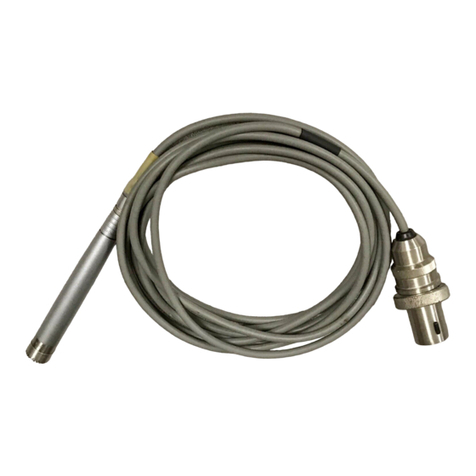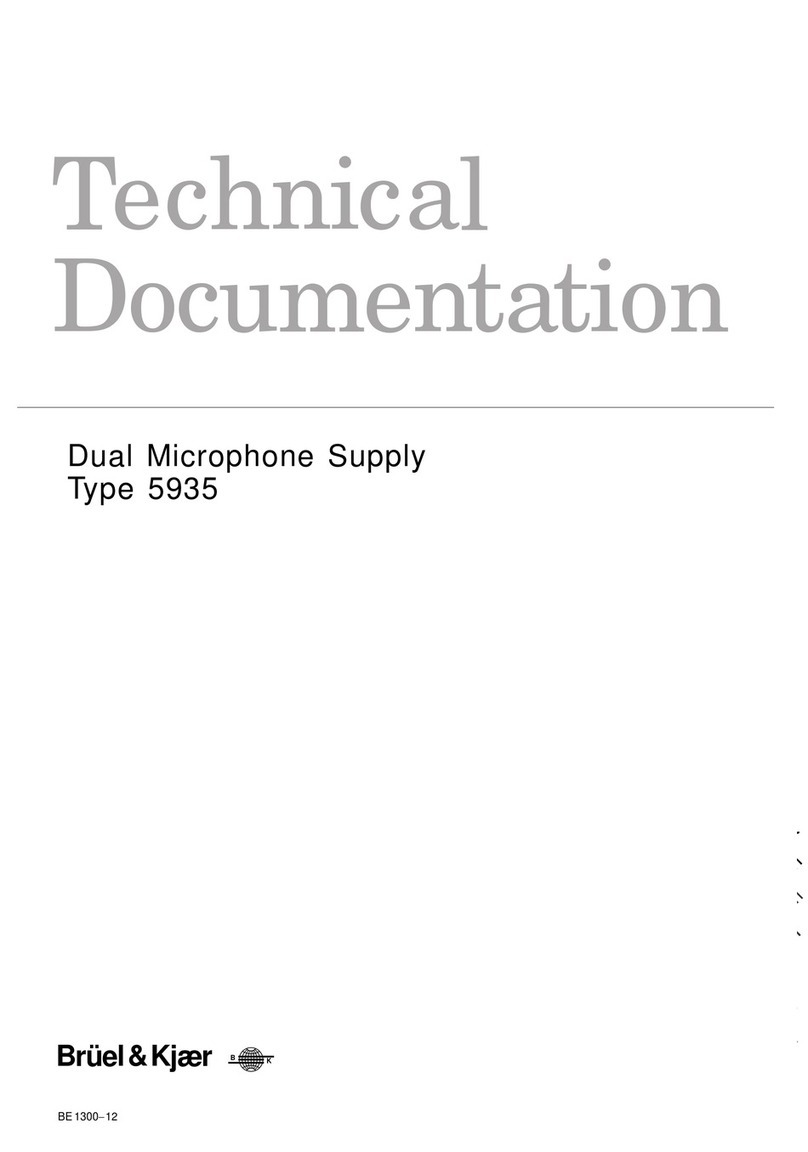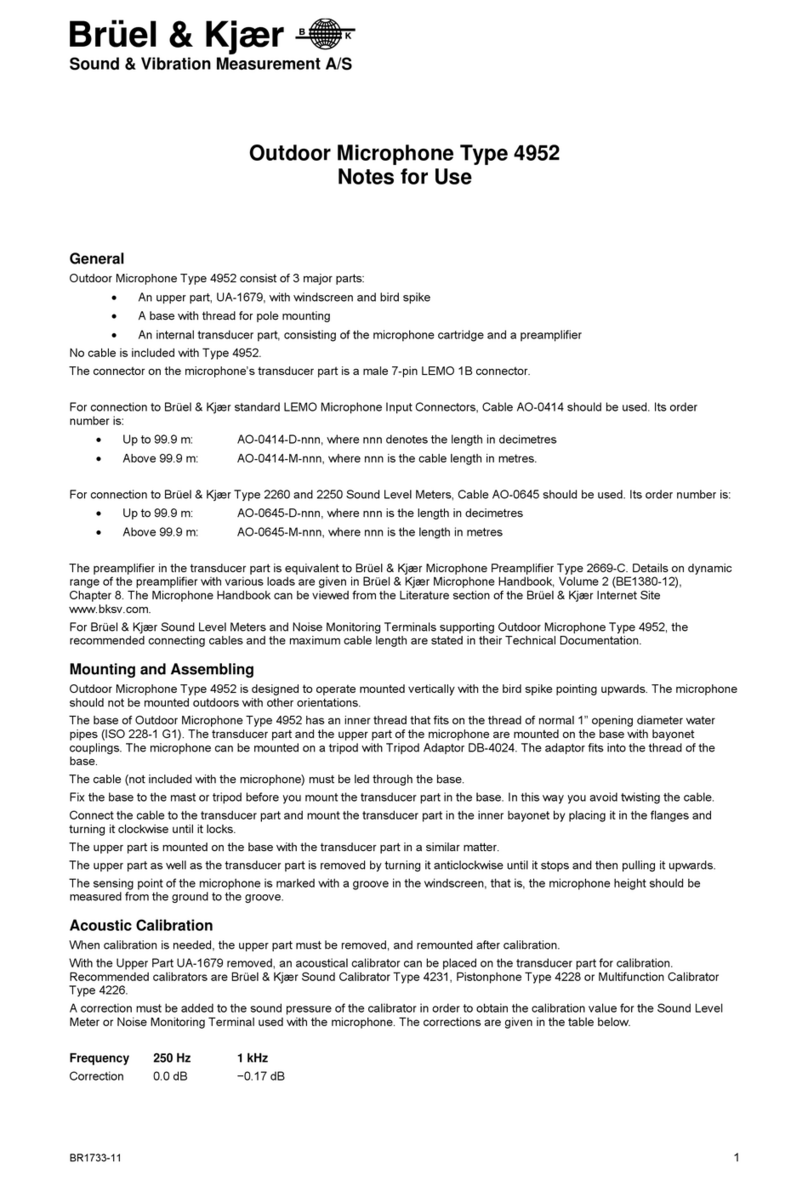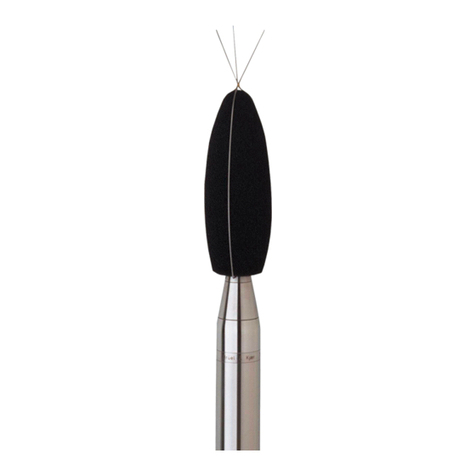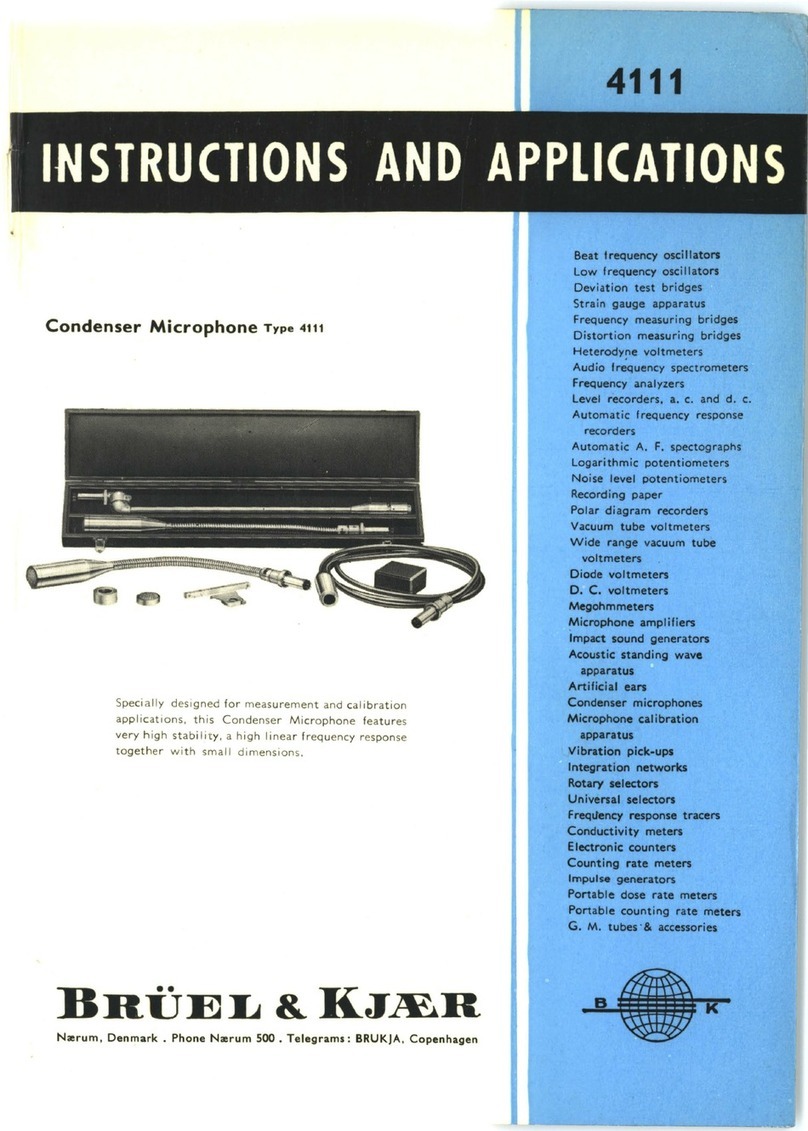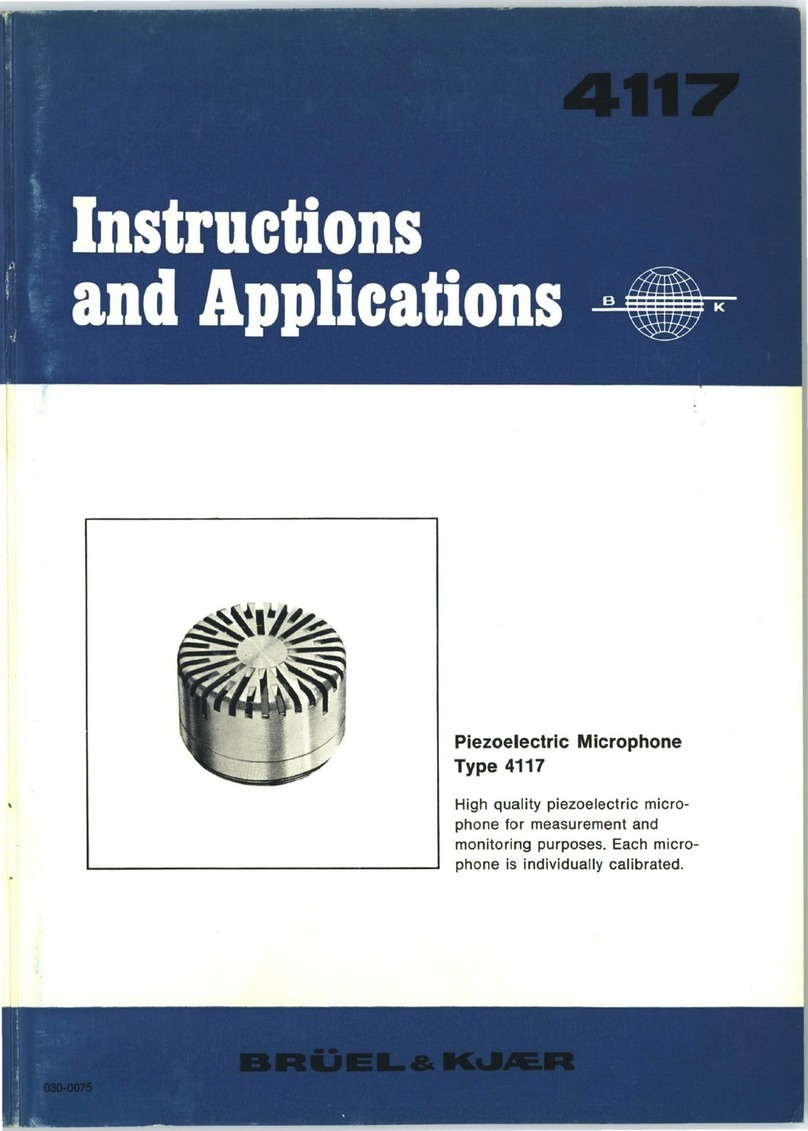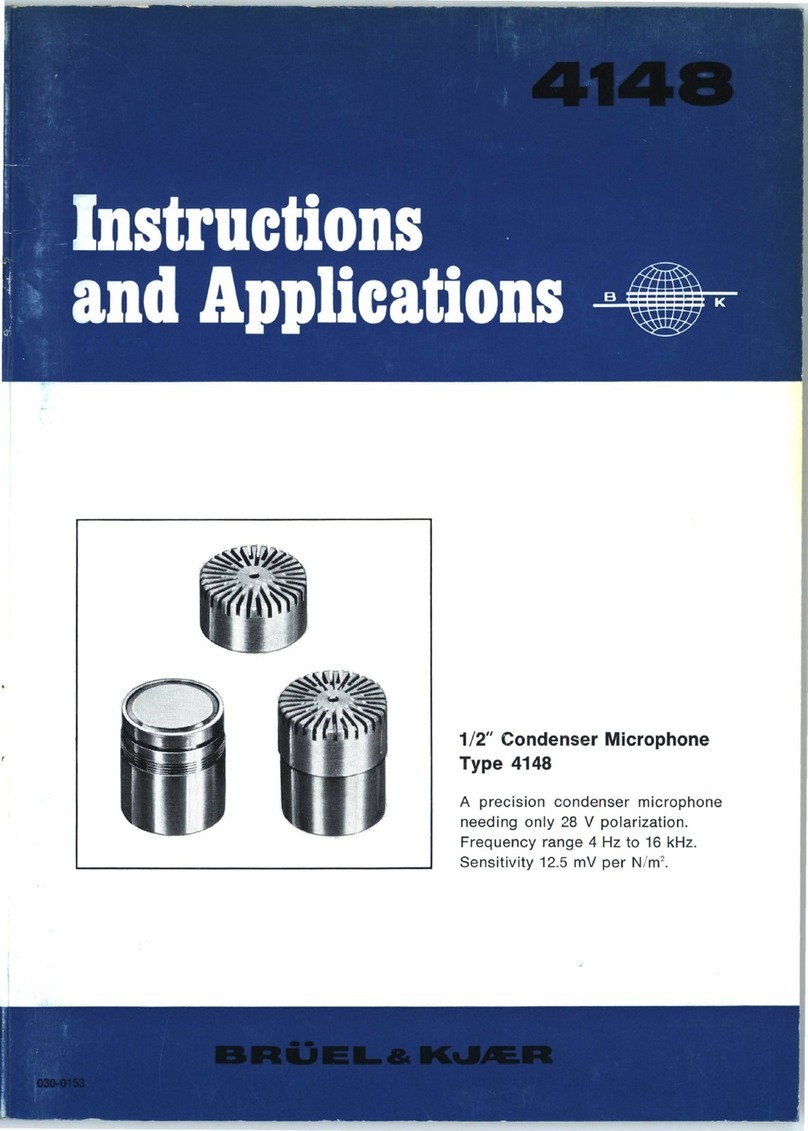
Contents
0.
Introduction
Definitions of Free-field and Pressure Response . . . . . . . . . . . . . . . . . . . . . 3
Random
Incidence
Response (Diffuse Field Response) . . . . . . . . . . . . . . . 4
1.
Description
General
Description
of
the
Equipment
. . . . . . . . . . . . . . . . . . . . . . . . . . . . . . 5
Eighth-inch
Condenser
Microphone
Cartridges . . . . . . . . . . . .. . . . . . . . . . 6
Cleansing of the
Microphone
Diaphragm . . . . . . . . . . . . . . . . . . . . . . . . . . . . 8
Associated Cathode
Follower
Type 2615 + UA 0036 . . . . . . . . . . . . . . . . . . 8
Characteristics
of
the
Eighth-inch
Microphones
......................
12
1. Sensitivity . . . . . . . . . . . . . . . . . . . . . . . . . . . . . . . . . . . . . . . . . .. . . . . . . . . . 12
2. Frequency Response
...
...
...................
.......
........
..
12
3.
Free Field
Corrections
........................................
14
4.
Directional
Characteristics
.....................................
14
5. Dynamic Range (Noise and Distortion)
..........................
15
6. Equivalent
Air
Volume
.........................................
16
7.
Influence
of
the Polarization Voltage
............................
16
8.
Temperature
Characteristics
...................................
16
9.
Influence
of
Ambient
Pressure
......................
.....
.......
16
10. Influence
of
Humidity
..........................................
17
11. Influence
of
Vibrations
........................................
18
12. Sensitivity to
Magnetic
Fields
..................................
18
2.
Accessories
Microphone
Stand UA 0049
........................................
19
Extension Cables AO 0027-28-29, AR
0001
..........................
19
Mechanical
Adaptor
DB 0900
.......................................
20
Probe
Microphone
Kit
UA 0040
....................................
21
Two-Channel
Selector
4408
........................................
22
Microphone
Power
Supply
2801
....................................
23
Two-Channel
Power
Supply
Type 2803
..............................
24
Appendix
Principle
of
the
Condenser
Microphone
..............................
25
Microphone
Calibration
............................................
26
Pistonphone 4220
.................................................
27
Electrostatic
Actuator
UA 0033
.....................................
28
The Range
of
B & K
Condenser
Microphones
........................
30
Specifications
Survey
of
Accessories
.............................................
33
Comparative
specifications
........................................
34
